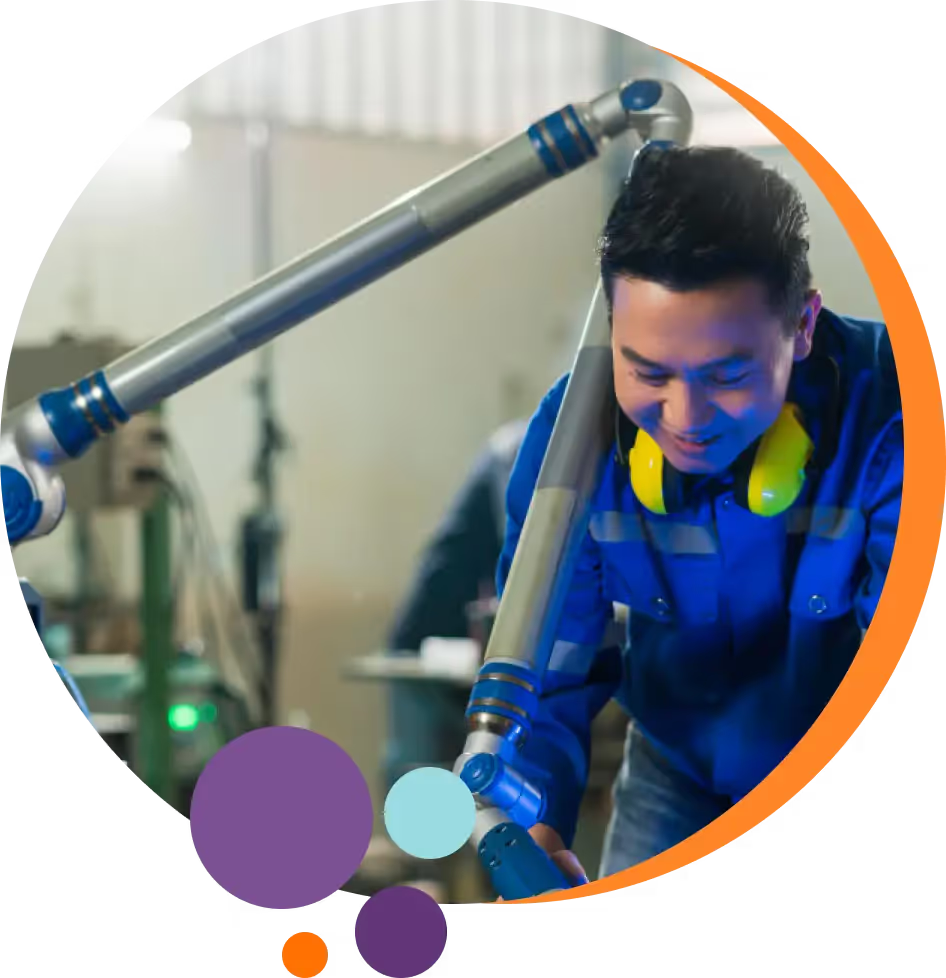What is Mechatronics?
Up until the 1980s, mechatronics was simply a combination of electronics and mechanical engineering. With the advent of computers, programming, and computational ability was added. Mechatronics systems are often referred to as smart devices because they mirror and advance human logic through an integrated machine system.
By bringing together logic, feedback, and computation, Mechatronics systems simulate thinking processes through electro-mechanical engineering functions.
The key components of mechatronics include:
- Mechanical Engineering: This involves designing and analyzing mechanical components and core areas such as material sciences, design, mechanics, and thermodynamics. On a smaller scale, this can mean moving parts like drives, pulleys, and gears. On a large scale, cooling systems like thermal reservoirs, fluid flow, and heat transfer technologies are areas of application for mechanical engineering.
- Electronics: This includes familiarity with electronic components such as sensors, actuators, and circuits for translating electrical signals. Electronics deals with the study of the electromagnetic spectrum and its practical uses. Signals are picked up from the environment by sensors and delivered as output results through actuators to create efficient machinery.
- Control Systems: This subfield focuses on designing algorithms to regulate system behavior through control logic. Microcontrollers are inserted into devices to enable the machine to produce specific results. These are programmable devices capable of performing multiple functions according to the data inputs they receive.
- Computer Science: Computer engineering aspects such as software and programming skills to process data and implement algorithms are equally important in Mechatronics. These skills help in ensuring predictable and accurate performance, allowing engineers to control the motion, speed, and position of electro-mechanical systems.

























